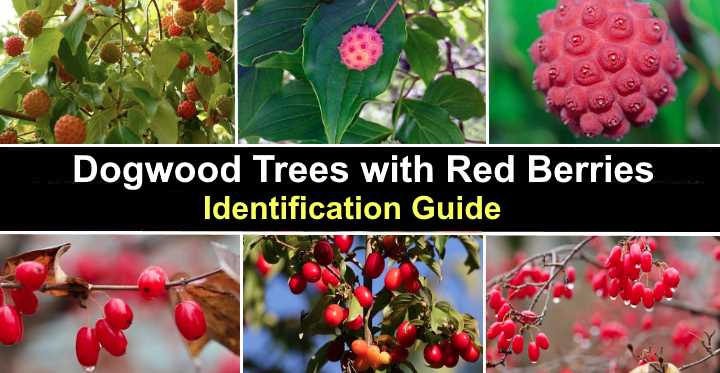Lemon Thyme: Care and Growing Guide (With Pictures)

Lemon thyme is an aromatic herbaceous bushy shrub with lemon-scented edible leaves and small, tubular, purplish-pink flowers. The resilient subshrub, with its fragrant oval leaves, has many landscaping and culinary uses. Its low growth, evergreen foliage, and resistance to drought and heat make it a great addition to any garden landscape. Additionally, you can harvest its leaves to use in cooking.
Red Creeping Thyme (With Pictures) – Identification and Growing Guide

Red creeping thyme is a colorful, herbaceous ground cover shrub with spectacular deep pink-red tubular flowers. Creeping thyme, with its semi-evergreen foliage, is an excellent mat-forming landscaping shrub. And when red creeping thyme blooms in summer, it transforms gardens with a carpet of dark pink, magenta, and deep reddish hues.
Types of Red Mushrooms (With Pictures) – Identification Guide
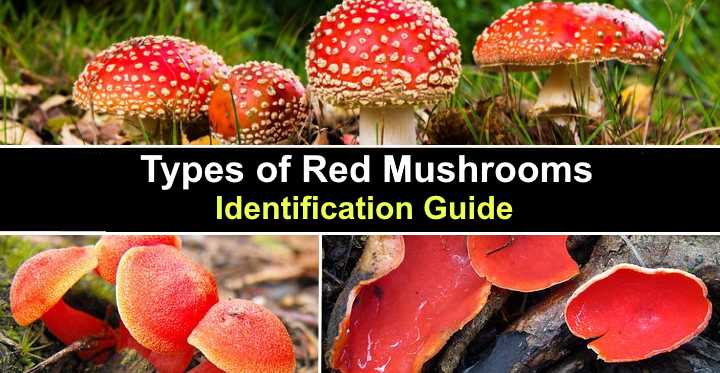
Red mushrooms can seem to appear in your backyard or lawn from nowhere. These red-colored fungi can grow overnight, creating small clusters of dark orange, deep red, or bright red spongy growths. And red mushrooms or toadstools are some of the most fascinating fungi due to their striking red colors and unusual shapes.
Types of Creeping Thyme (With Pictures) – Identification Guide

Creeping thyme is a beautiful herbaceous ground cover shrub-like plant that spreads out to form a carpet of colorful purple, red, and pink flowers. As a dwarf perennial aromatic low-growing herb, creeping thyme is perfect for growing in sunny garden landscapes. In addition, the easy-care, mat-forming plant, with its glossy green leaves and small clusters of flowers on erect shoots, has tremendous value in beautifying a front or backyard.
Types of Small House Flies (With Pictures) – Identification and Control

Small flies buzzing around your kitchen, living room, or bedroom are more than a nuisance. Many species of small house flies can carry disease as they feed on garbage, emerge from drains, or crawl over decaying plant matter. And getting rid of tiny house flies can be challenging because it’s difficult to locate the source.
Hellebore Flowers (Lenten Rose) With Pictures and Identification
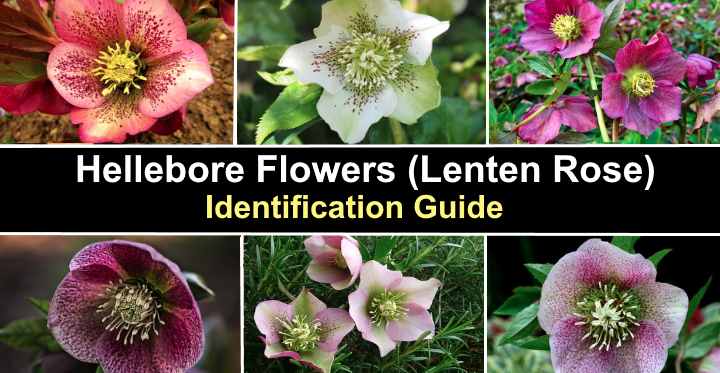
Hellebore flowers are spectacular colorful plants famous for their cup-shaped blooms that appear in late winter and early spring. Also called Lenten roses or winter roses, these perennial plants are a hybrid of Helleborus orientalis and other species of hellebores. The flowers on ornamental hellebore plants can be single or double blooms with colors like pink, red, peach, purple, green, and rose.
11 Plant Eating Bugs In The Garden: Pictures, Identification and Control
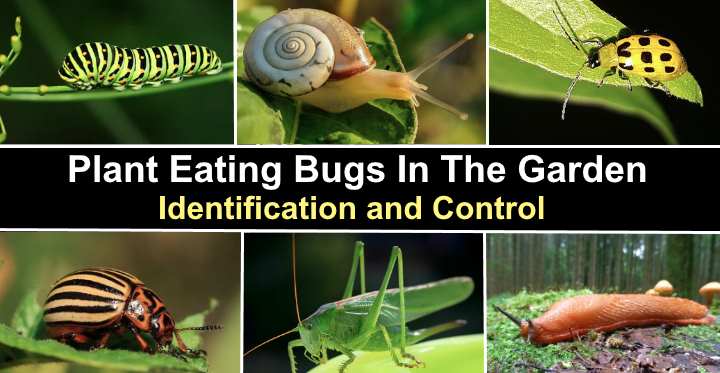
Plant-eating bugs can cause havoc in your garden. Many species of bugs and pesky insects create holes in the leaves and flowers of ornamental shrubs, annuals, and vegetable crops. Nasty critters like plant-destroying caterpillars, slugs, snails, aphids, and some beetle species can skeletonize plant leaves, making them look like shabby lace.
Ground Cover Plants With Blue Flowers (With Pictures) – Identification Guide

Ground cover plants with blue flowers provide a blanket of soft, colorful plants in shades of indigo, cyan, navy blue, pastel blue and pale lilac. Blue-flowering ground cover plants have several beneficial uses in a garden landscape. The mat-forming plants help prevent soil erosion, keep weeds under control, cover bare patches of ground, and attract pollinators.
Types of Desert Flowers (With Pictures and Names) – Identification Guide
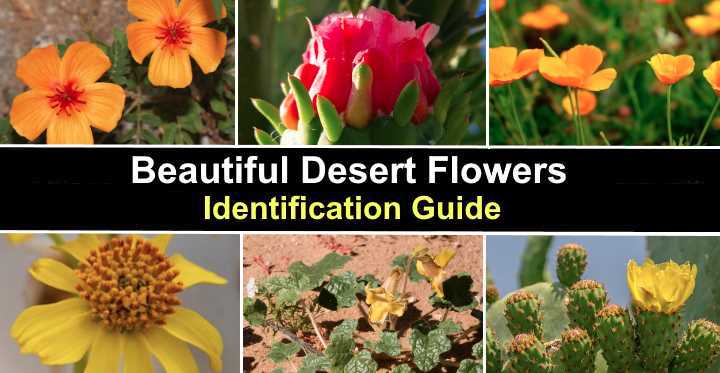
Desert flowers can bloom in the harshest and most arid environments in the country. A range of hardy flowering plants, blooming trees, and flowering cacti can turn a barren landscape into a colorful panorama with shades of yellow, orange, purple, pink, and red. Flowering desert plants are also ideal for beautifying garden landscapes if you live in a hot, dry climate.

